Inca
EMBOLISM PROTECTIVE SYSTEM
The distal neuroprotection system is a small metal filtration system designed to capture embolic material released during the procedure in the carotid artery or arterial vessels of the lower extremity.
Inca is a small nitinol filtration system designed to capture embolic material released from the vessel during interventional procedures. Inca embolic protection device is used to provide distal embolization protection during general vascular use, including peripheral, coronary and carotid interventions.
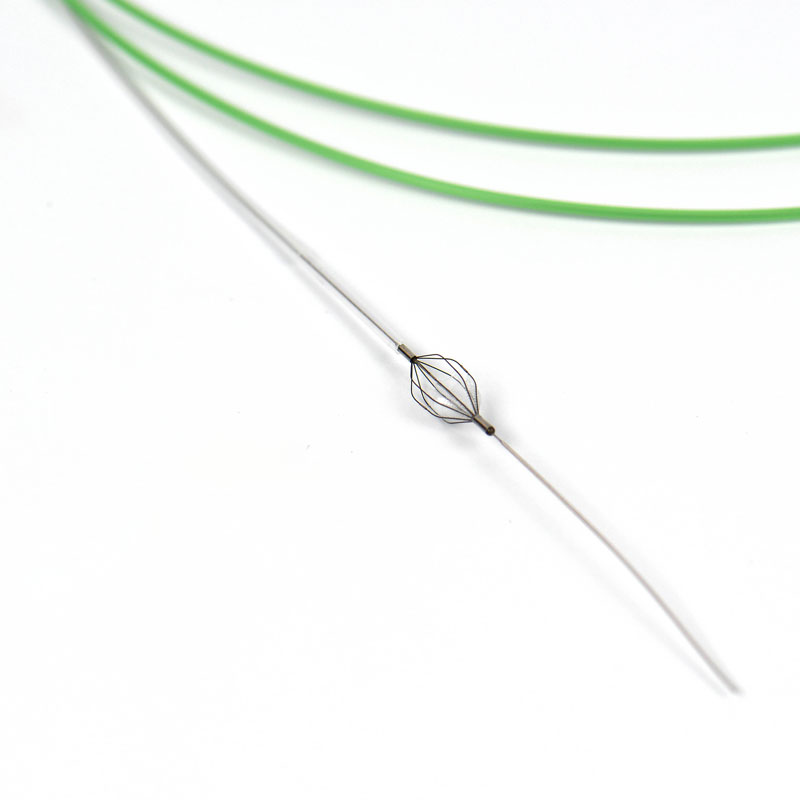
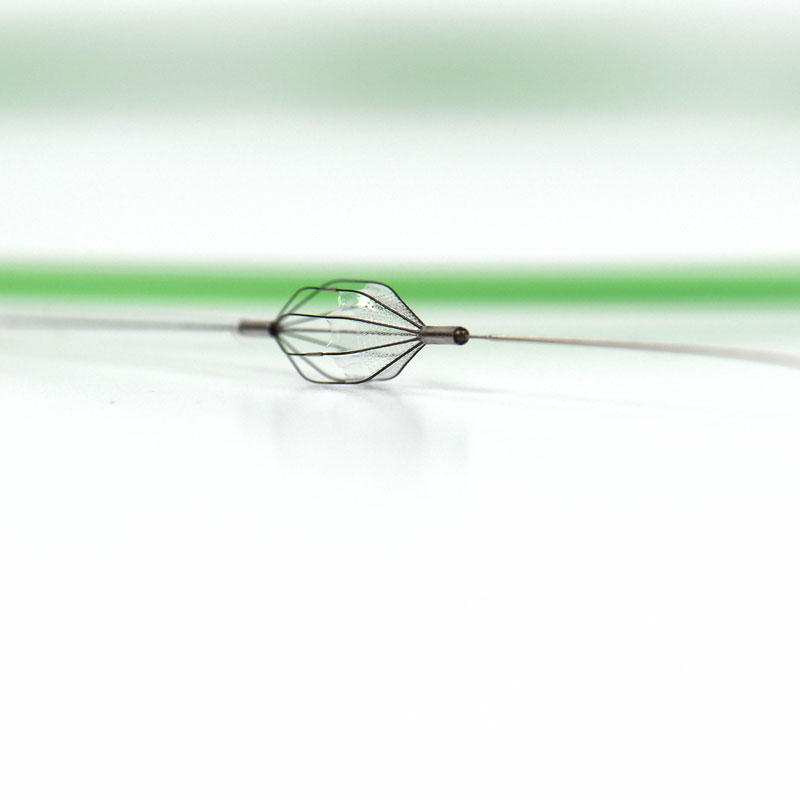
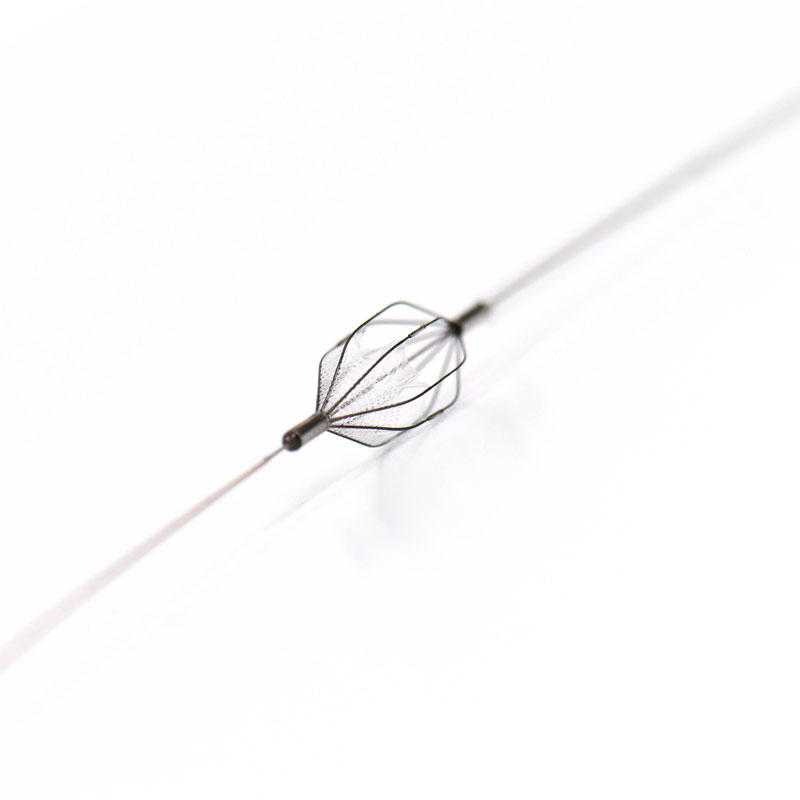
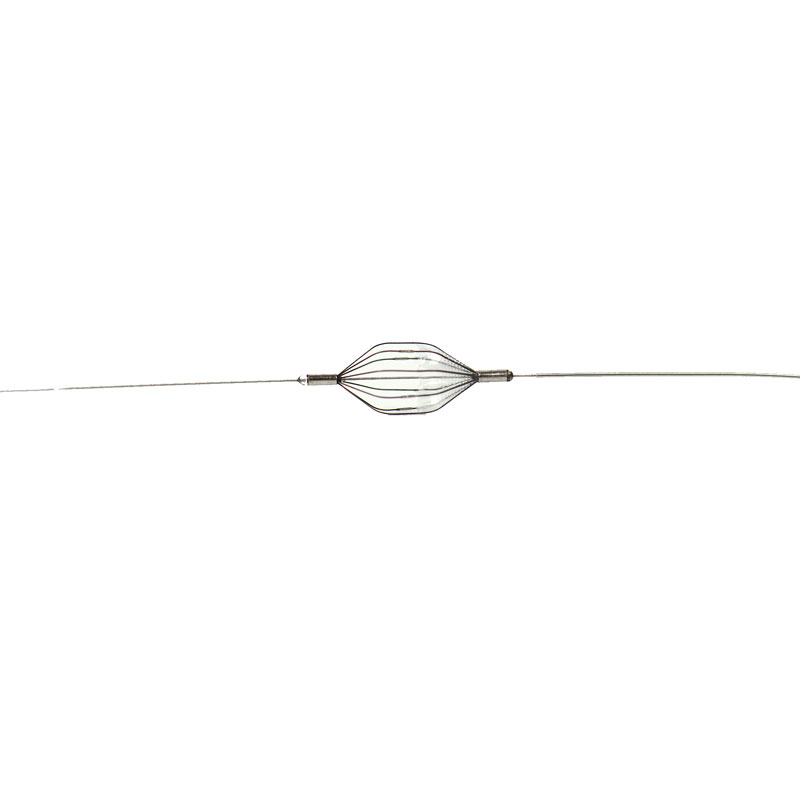
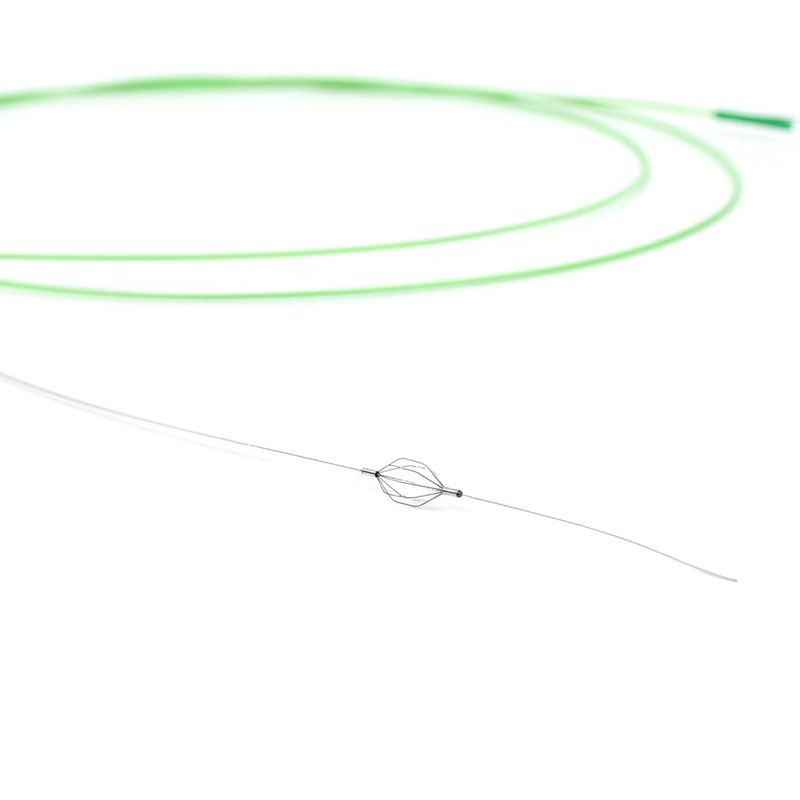





Detailed specifications
SAFE LESION PASSAGE
The guidewire with filtering basket forms the main part of the system. It consists of the distal part of the guidewire - 0.014", the filter basket placed directly behind the distal part, and the guidewire 0.014" consisting of a long, stiff proximal part or a partially loose proximal part.
The distal, soft part of the guidewire is visible under X-ray radiation. The filtering basket is made of a nitinol structure containing numerous holes with a diameter of 120μm, the distal part of which is covered with a filtering membrane.
For the version with a fixed filtering basket, the proximal part of the filtering basket is permanently fixed on the guide wire and the distal part of the filtering basket is movable. For the version with a movable filtering basket, both distal and proximal parts of the basket can move relative to the guide wire. Located on the proximal part of the guide wire just behind the filtration basket, both systems appear in rigid (rigid guide wire to the proximal part of the basket) or floppy (floppy guide wire is approximately 180 mm to the proximal part of the basket) version. There are X-ray markers in the distal and proximal part of the filtering basket, respectively. X-ray markers are also placed at the beginning of the basket filtering membrane.
SAFE AND EFFECTIVE EMBOLIC PROTECTION SYSTEM IN THE VASCULAR SYSTEM
It has a unique mesh nitinol filter that conforms to the vessel wall and maintains full wall apposition during intervention.
Flow is directed to the tapered design of the filter, effectively trapping debris while maintaining blood flow.
IT IS THE MOST EFFECTIVE PROTECTION METHOD IN SITUATIONS THAT REQUIRE QUICK INTERVENTION
It is the system that prevents blood clots from traveling to the vascular system such as peripheral, coronary and internal carotid arteries and prevents the procedure from resulting in complications or protects patients from negative responses due to large vessel occlusion, the system offers improved procedural efficiency in complex vascular anatomy.
THE FILTER DESIGN HAS BEEN OPTIMIZED AGAINST THE INTENSIVE EMBOLIC LOAD DURING VASCULAR STENTING
- Provides the physician with proven safety and effectiveness while providing excellent long-term results to the patient.
- It consists of biocompatible polyurethane material surrounding 8 nitinol wires.
- The special design of the nitinol material ensures a balanced distribution of radial force.
- Platinum markers allow imaging under fluoroscopy.
- Suitable for vessel sizes between 2 mm and 7 mm.
- Suitable for use with any 0.014” guidewire.
- It has atraumatic proximal and distal ends.
- It provides a safe catheter procedure due to the nature of the minimally invasive procedure.
- Provides safe lesion passage
- %100 Retrievable
- Self- Centering
- Innovative Design
- No risk of migration
- Maintains Shape and positioning: Outstanding durability, even in the longest procedures.
- Allows easy penetration and smooth transition.
- Provides lesion access: Exceptional trackability, even in the most challenging anatomy
- Provides smooth movement. Coil reinforced tubing and PTFE inner-layer that minimizes friction
| Design | : | Nitinol Protection Filter Monorail Catheter System |
| Radiopacity | : | Visible from the distal tip to proximal shaft |
| Filter Design | : | 8 nitinol wires with biocompatible polyurethane material |
System Components
- Filtration element integrated with insertion wire
- Torquer
- Insertion Catheter
- Capture Catheter